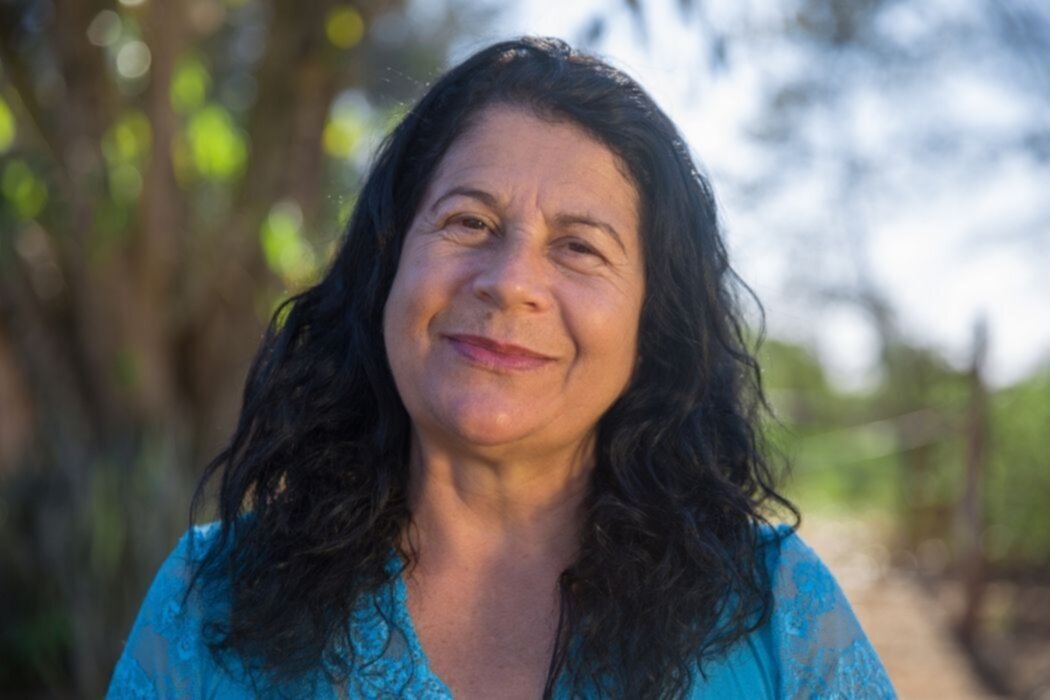We can advise you on how to support loved ones, while taking care of yourself. Speak to our webchat team, and take a look at our advice and resources.
You might initially have more of a need to talk about it than they do.
Be prepared for the possibility of them not opening up to start with. Try to be patient, and assure them that you will be there to support them should they need to talk.
The following points may help your initial conversation:
- Gain the information you can about the drugs your loved one is using. If your loved one sees you have a good understanding of the drugs they are using, they might listen more. Telling them you understand the benefits of their drug use will make them more receptive to listening to the drawbacks.
- Try to remain calm. Heated shouting matches will not help either of you.
- Try not to make threatening statements, but let them know which parts of their drug use is affecting you and the rest of your family most.
- Look at the bigger picture. Discuss other aspects of their life. Work, relationships, friendships, health. Try to ascertain whether any of these are contributing to their drug use.
- If you cannot make progress with your loved one, then you must talk your feelings through with someone else.
- Try to use the word ‘I’ instead of ‘you’. Using the word ‘you’ can be misunderstood as aggressive communication.
We all need to have boundaries in our lives. They tell people when they are acting in ways that are unacceptable to us. It is impossible to start changing the relationship you have with your loved one, if you don’t first learn to respect yourself.
There are 3 parts to a boundary. The first two involve setting the boundary – the third is what you will do to defend that boundary.
Part one: If you…
This is the description of the behaviour you find unacceptable.
Part two: I will…
This is a description of what action you will take to protect yourself in the event the other person violates the boundary.
Part three: If you continue that behaviour I will…
This is a description of what steps you will take to protect the boundary you have set.
Remember to set consequences that you are able to enforce. If you are setting boundaries in a relationship, and you are not ready to leave the relationship – don’t say that you will leave. You can say you will consider all of your options including leaving, but don’t say you are going to do something you’re not ready to do.
More advice on setting boundaries:
- You cannot set a boundary with your loved one, and take care of their feelings at the same time. They may be angry, hurt and disappointed with you.
- A support system is helpful in setting boundaries. You might want to involve the rest of your family in the new boundaries.
- Sometimes people can find the situation gets worse before it gets better.
- There is a satisfying side to setting boundaries. It feels good, and can be quite liberating.
Trying to solve a loved one’s problem takes an emotional toll, and it’s important to connect with others and get some support.
One thing that can help is to break problem solving into a series of steps…
1. Identify the problem
When a loved one is struggling with their alcohol or drug use, multiple problems can arise from that. Consider the different ways in which the problem is affecting you.
2. Explore the problem
Ask yourself questions such as:
- How is this problem affecting me?
- How is it affecting others?
- Who else experiences the problem?
- What do they do about it?
3. Set Goals
What is it you want to achieve?
- Stop a particular behaviour from happening (eg. your loved one drinking at home)
4. Look at Alternatives
Brainstorm all possible solutions. It does not matter whether the ideas are useful or practical or manageable: just write down the ideas as they come into your head. It might be helpful to also seek ideas about possible solutions from others.
5. Select a possible solution
From your list sort out which solutions are the most relevant to your situation, and which are realistic and manageable.
Think about the pro’s and con’s to identify the solution likely to have the best outcomes for your situation.
6. Implement a possible solution
Put your chosen solution into action. You will need to have energy and motivation to do this as it will likely take some time and effort.
7. Evaluate
- How effective was that solution?
- Did it achieve what you wanted?
- What consequences did it have on your situation?
If your first solution didn’t improve things, then you can begin the steps again.
"Since getting your help I feel so much stronger and empowered. It has been a lifesaver to me, and transformed how I relate to my son. I find myself now helping others and repeating the lessons I have learned to anyone who needs similar advice."


Want to find family and friends support in your area?
Find a service






